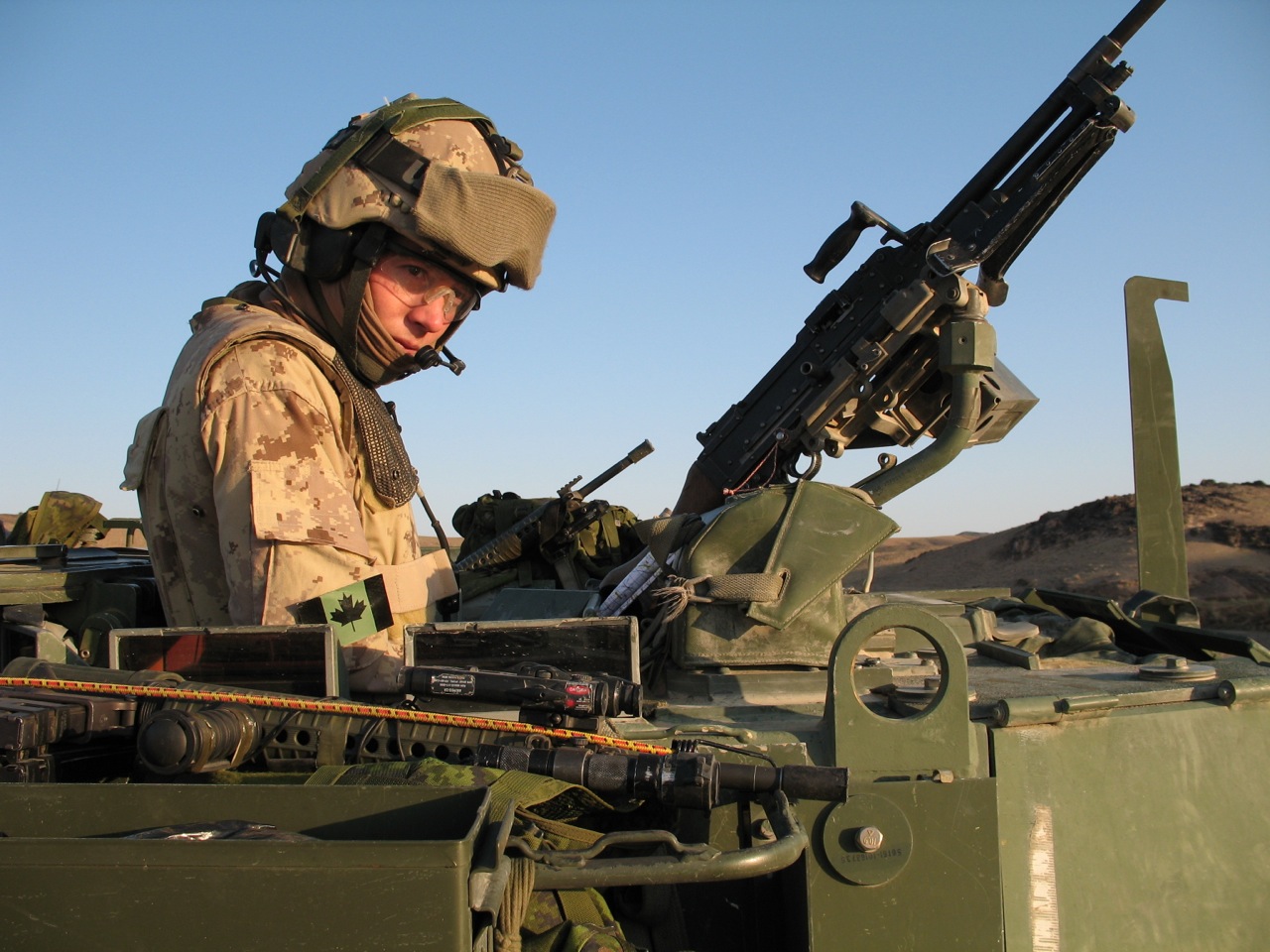The Afghan community in Canada is relatively new. Until 1978, about 1,000 Afghans lived in Canada. However, since 1978, decades of political instability, invasions and war in Afghanistan pushed many to leave to other countries. Since then, the Afghan population in Canada has grown. (See Refugees to Canada.) According to Statistics Canada’s 2016 census, approximately 84,000 Afghans are living in Canada, the majority of whom are settled in the suburbs of major cities.

Overview
Afghanistan is a landlocked country situated at the crossroads of Central Asia, the Middle East and South Asia. It is a member of the South Asian Association for Regional Cooperation (SAARC) and is often also considered part of the Greater Middle East. Therefore, the country has historically been a land bridge and a major passageway for conquerors, empires, trade caravans and peoples. The cities of Kabul, Kandahar, Herat, Bamiyan and Balkh were major hubs on the ancient Silk Road trade route. Because of its prime geographical location, the famous poet Iqbal Lahori called Afghanistan “the Heart of Asia.”
The country is bordered by Pakistan, Iran, Turkmenistan, Uzbekistan, Tajikistan and China. It has a very diverse population. Nearly all major ethnicities and nationalities in the region have a presence in Afghanistan. Pashtun, Tajik, Hazara, Uzbek, Aimaq, Turkmen, Baloch, Brahui, Nuristani, Pashai, Pamiri, Gujjar, Arab, Jatt, Kirghiz, Hindu, Qizilbash, Bayat and many others live in the country. Persian (Farsi-Dari) and Pashto are the two official and most widely-spoken languages in the country. However, more than 30 other languages are also spoken there.
The majority of the people of Afghanistan are Sunni Muslims, although the country has significant Shia and Ismaili-Shia minorities. (See Islam.) A small minority of Hindus and Sikhs (see Sikhism in Canada) are also present, mostly in major urban areas. However, as a result of ongoing war, economic insecurity and discrimination, their numbers have been dwindling as they increasingly leave the country. Historically, Afghanistan had a small Jewish population, but as a result of the last four decades of war, all but one has migrated. (See also Jewish Canadians.) The country lacks reliable statistics: no census has been successfully completed to determine its population or the size of its different ethnic and religious groups. (See also Canadian Census.) It is believed that its current population is about 30 million.
War and Migration
Afghanistan has been plagued by ongoing war since the pro-Soviet military coup of April 1978 led by the People’s Democratic Party of Afghanistan and the subsequent Soviet invasion of 1979. This military coup marked the beginning of a period of political turmoil in Afghanistan, which has lasted until the present day. As a result of the Soviet invasion and occupation and the war of resistance against it, around six million Afghans migrated from Afghanistan. Approximately two million others were killed and many more were wounded.
After the Soviet withdrawal in 1989 and the subsequent collapse of the Soviet-backed Afghan state, a fatal civil war ensued in 1990. The war continued with the emergence of the Taliban movement, the establishment of the Taliban’s Islamic Emirate of Afghanistan and their takeover of Kabul in 1996. After the terrorist attacks of 11 September 2001, an American-led coalition invaded and toppled the Taliban regime. The regime was replaced by the Islamic Republic of Afghanistan. The country was first led by Hamid Karzai and then Ashraf Ghani. The project of state building has been met with armed resistance by the Taliban and other insurgents, and the war has continued. In 2021, most of Afghanistan fell back under the Taliban’s’ control after Western forces withdrew from the country. (See War in Afghanistan.)

 Share on Facebook
Share on Facebook Share on X
Share on X Share by Email
Share by Email Share on Google Classroom
Share on Google Classroom









